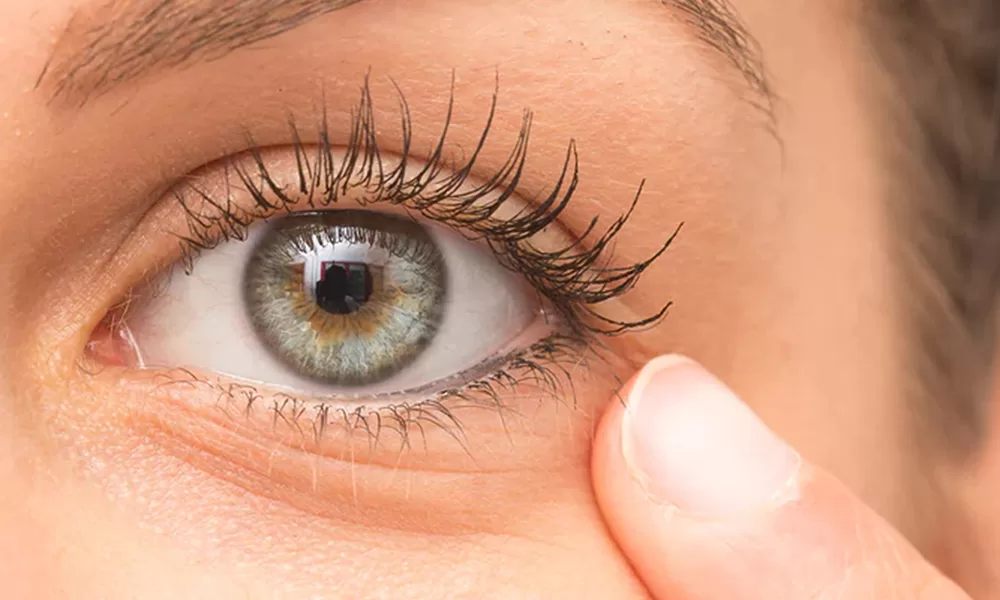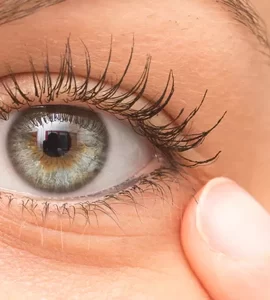
Understanding the Symptoms of Lazy Eye: Causes and Treatments
 Posted On
Posted On People with lazy eye experience symptoms that are challenging to identify, particularly among children under six years old. Amblyopia causes brain dominance of the stronger eye because vision in one eye becomes weaker than the other. The symptoms of lazy eye (ตา ขี้ เกียจ อาการ, which is the term in Thai) treatment depend on the early detection of the condition. The following post analyzes lazy eye symptoms together with their causes and available therapeutic options.
What Are the Symptoms of Lazy Eye?
Lazy eye becomes apparent in children when they are between birth and age seven. The extent of lazy eye affects the symptoms, which often include:
- Poor vision in one eye
- People with lazy eye often have better vision when they squint or close their eyes.
- The symptoms include eyes that fail to coordinate properly (eye misalignment)
- Difficulty judging depth or distance
- Frequent eye strain or headaches
- Strabismus describes the condition where the eyes turn either in or out from each other.
The dominant eye usually takes over functions from the lesser-functioning eye, which makes lazy eye detection more difficult. Routine eye examinations for children hold great importance for this reason.
What Causes the Symptoms of Lazy Eye?
The following factors may explain why lazy eye produces its symptoms:
- Strabismus (Crossed Eyes): When an eye crosses its natural position to turn inward or outward or upward or downward, the brain skips the image from this misaligned eye, which is called strabismus.
- Refractive Errors: The brain will ignore a blurry image that differs substantially from a clear image between the eyes because of refractive errors.
- Obstruction in Vision: The brain ignores visual input from the eye when a condition such as cataracts, droopy eyelids, or any visual obstruction exists.
- Genetics: The development of lazy eye might be influenced by genetics when family members have a history of this condition.
How Is Lazy Eye Treated?
The treatment of lazy eye during its early stages allows individuals to see better and avoid enduring future complications. There are several standard approaches for treating lazy eye, which include:
- Corrective Glasses or Contact Lenses: Corrective glasses, together with contact lenses, serve to address refractive defects that cause either nearsightedness or farsightedness.
- Eye Patching: A short-term use of eye patches positioned over the dominant eye forces the weaker eye to work harder.
- Atropine Eye Drops: The eye drops that administer atropine create visual dimness in the dominant eye to stimulate the usage of the lazy eye.
- Vision Therapy: Vision therapy includes specialized exercises that help combine eye function and improve weak eye strength.
- Surgery: Medical treatment may require surgery to correct eye position or treat cataracts due to their presence.
Conclusion
In order for lazy eye treatment to achieve maximum success, patients need to receive a diagnosis early before their condition advances. Getting an expert ophthalmologic consultation becomes necessary when your child shows indications of vision difficulties. The proper care for strabismus enables treatment success, which grants children essential unobstructed sight required for their growth and development.






